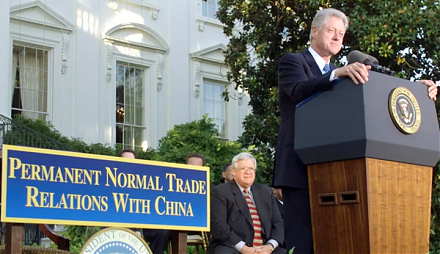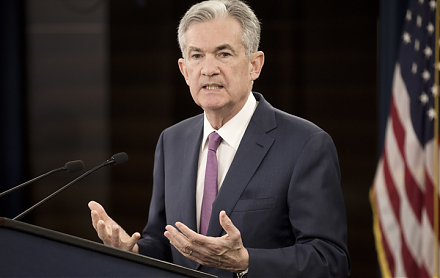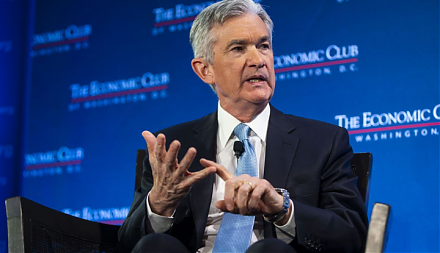

2019-08-03 09:28:00 Sat ET
federal reserve monetary policy treasury dollar employment inflation interest rate exchange rate macrofinance recession systemic risk economic growth central bank fomc greenback forward guidance euro capital global financial cycle credit cycle yield curve
U.S. inflation has become sustainably less than the 2% policy target in recent years. As Harvard macro economist Robert Barro indicates, U.S. inflation has remained low and stable since the federal funds rate peaked at 22% in the early-1980s. The Federal Reserve upholds the Taylor interest rate rule that the federal funds rate should increase by more than the next likely rise in inflation. This monetary policy rule accords with the U.S. dual mandate of price stability and maximum sustainable employment. In New Keynesian macroeconomic models, interest rate adjustments can cause real movements in inflation, employment, and the economic output gap due to monopolistic competition and sticky-price persistence.
Former IMF chief economist Olivier Blanchard and his MIT PhD student Jordi Gali show that solo price stabilization would be equivalent to attempting to stabilize both deviations of general prices and economic output gaps from the respective targets. Blanchard and Gali refer to this macroeconomic stabilization principle as the divine coincidence. Nevertheless, the divine coincidence may disappear due to real wage rigidities and financial market frictions. On balance, mainstream macroeconomic models cannot plausibly explain the recent great moderation of low inflation near 1.5%-2% despite gradual and consistent interest rate cycles.
If any of our AYA Analytica financial health memos (FHM), blog posts, ebooks, newsletters, and notifications etc, or any other form of online content curation, involves potential copyright concerns, please feel free to contact us at service@ayafintech.network so that we can remove relevant content in response to any such request within a reasonable time frame.
2018-07-27 10:35:00 Friday ET

Admitting China to the World Trade Organization (WTO) and other international activities seems ineffective in imparting economic freedom and democracy to th
2023-06-19 10:31:00 Monday ET

A brief biography of Andy Yeh Andy Yeh is responsible for ensuring maximum sustainable member growth within the Andy Yeh Alpha (AYA) fintech network plat
2019-05-23 10:33:00 Thursday ET

Berkeley professor and economist Barry Eichengreen reconciles the nominal and real interest rates to argue in favor of greater fiscal deficits. French econo
2019-09-09 20:38:00 Monday ET

Harvard macrofinance professor Robert Barro sees no good reasons for the recent sudden reversal of U.S. monetary policy normalization. As Federal Reserve Ch
2017-12-19 09:39:00 Tuesday ET

From Oprah Winfrey to Bill Gates, this infographic visualization summarizes the key habits and investment styles of highly successful entrepreneurs:
2019-01-15 13:35:00 Tuesday ET

Americans continue to keep their financial New Year resolutions. First, Americans should save more money. Everyone needs a budget to ensure that key paychec